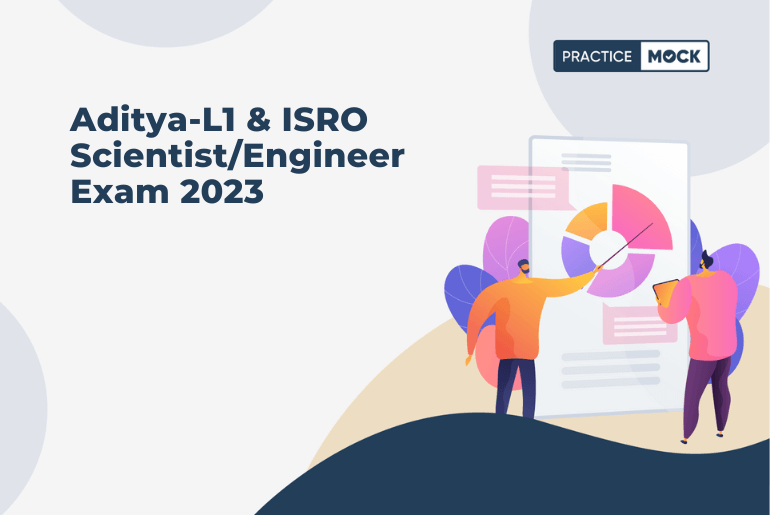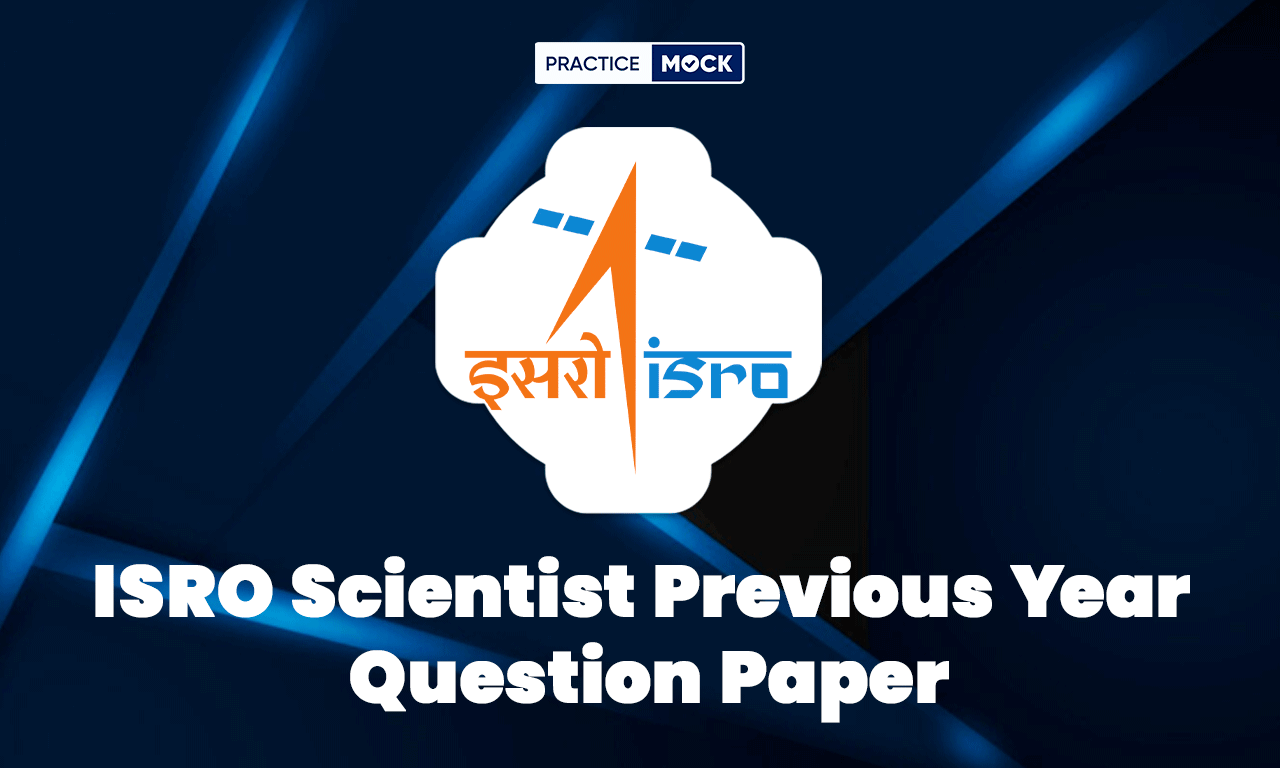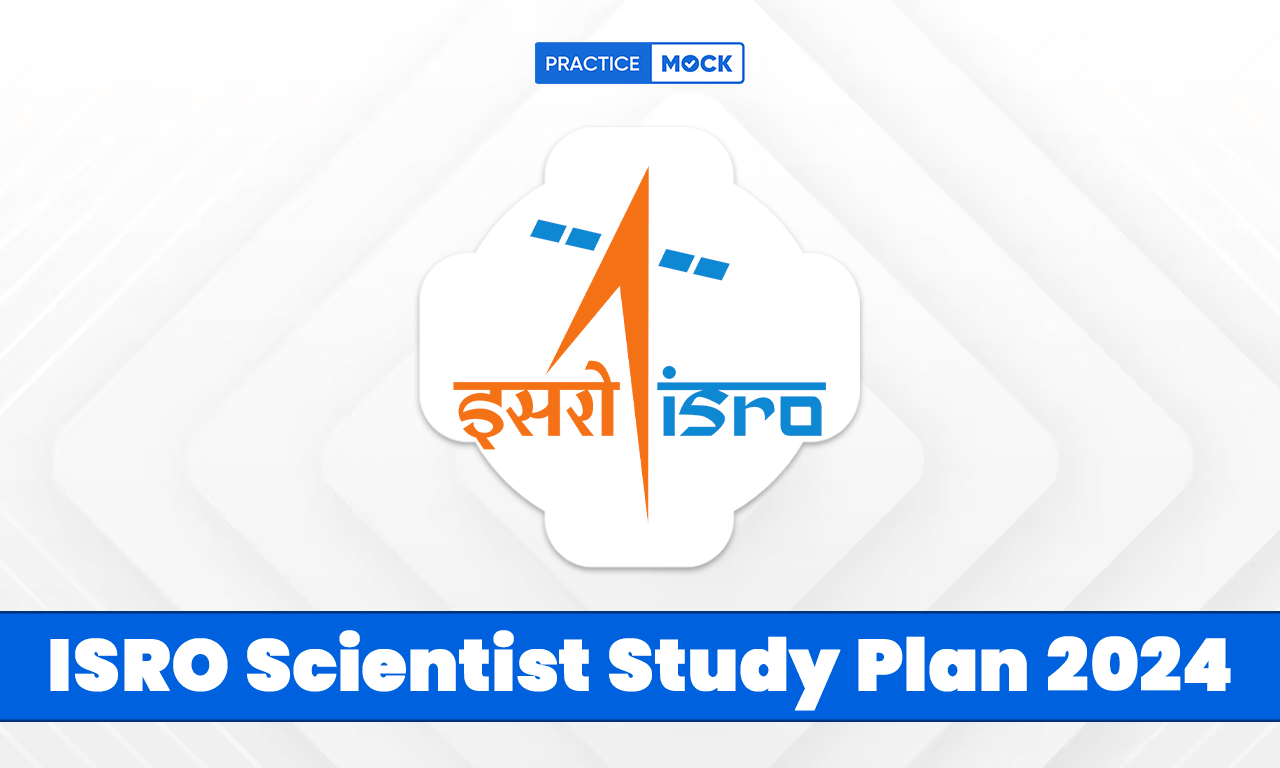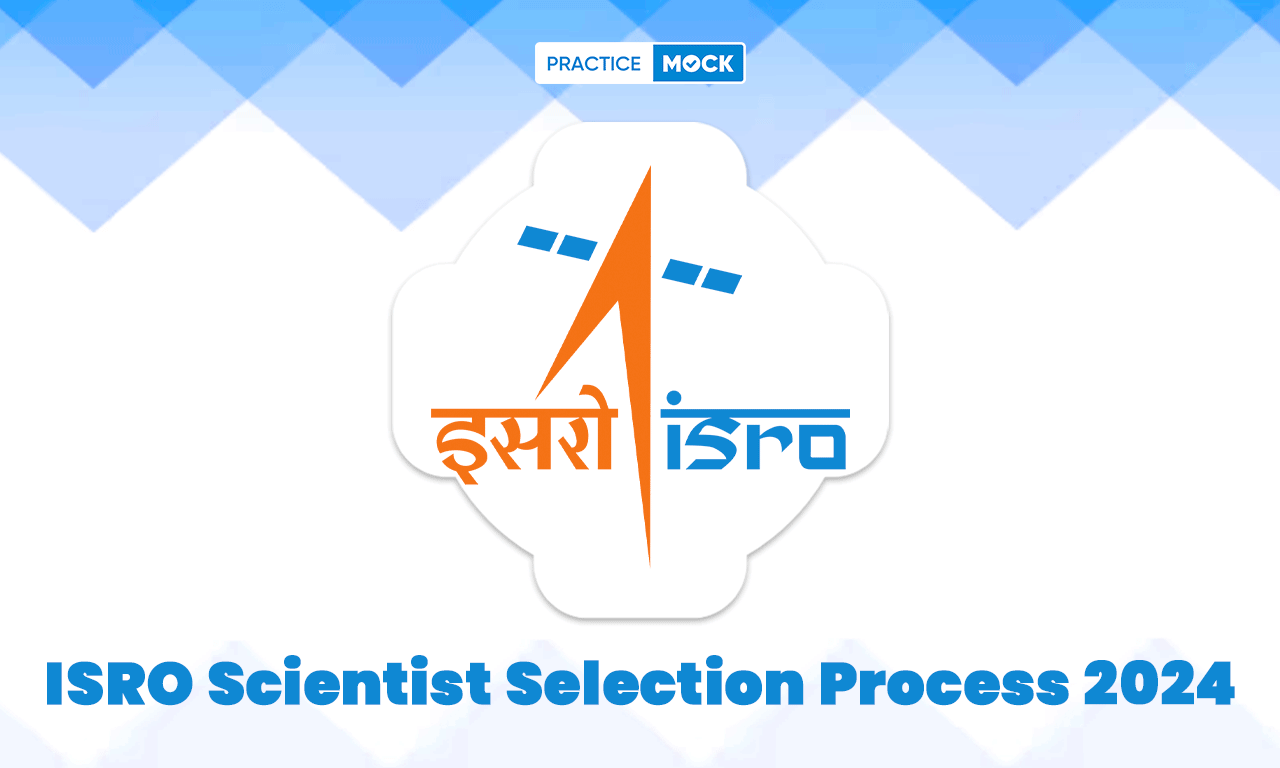All About Aditya-L1 & The Gate to ISRO via ISRO Scientist/Engineer Exam 2023


Are you fascinated by Aditya-L1, India’s first mission to study the sun? Do you dream of joining ISRO and contributing to its groundbreaking space programmes? If yes, then you have come to the right place. In this blog, we will explore the details of Aditya-L1 and how you can prepare for the ISRO Scientist/Engineer Exam 2023 and become a part of ISRO’s elite team!
Keep reading!
ISRO Scientist/Engineer 2023 Mock Tests & PYP for Practice
Take a FREE Mock Test and Start Your Journey🚀👈👩🚀
What is Aditya-L1?
It is India’s first solar mission planned by the Indian Space Research Organisation (ISRO) to study the sun from a distance of 1.5 million kilometers. The mission was launched on January 9, 2024, using a GSLV Mk III rocket. The spacecraft carries seven scientific instruments to observe various aspects of the sun’s atmosphere and solar wind¹.
1. ISRO Triumph: Aditya-L1 Achieves Halo Orbit at Lagrangian Point (L1)
A Lagrangian point is a location in space where the gravitational forces of two large bodies, such as the earth and the sun, balance each other out. There are five such points in the earth-sun system, labeled L1 to L5. The L1 point is located between the earth and the sun, about 1.5 million kilometers from the earth, where the gravitational pull of both bodies is equal.
A halo orbit is a type of orbit that follows a three-dimensional loop around a Lagrangian point. Unlike a circular or elliptical orbit, a halo orbit does not lie in a plane, but rather forms a ring around the Lagrangian point⁴. A halo orbit is stable and requires minimal fuel to maintain.
ISRO successfully placed the Aditya-L1 spacecraft in a halo orbit around the L1 point on February 14, 2024, after a series of orbit-raising maneuvers and trajectory corrections². The spacecraft reached the L1 point in about 36 days from launch. The halo orbit has a radius of about 200,000 kilometers and a period of about six months².
2. Aditya-L1: Uninterrupted Solar Surveillance from a Halo Orbit with Seven Powerful Payloads
The advantage of placing the Aditya-L1 spacecraft in a halo orbit around the L1 point is that it will always face the sun, without being eclipsed by the earth or the moon. This will enable continuous and uninterrupted observations of the sun for the duration of the mission.
The spacecraft is equipped with seven payloads, or scientific instruments, that will perform different types of measurements and analyses of the sun’s features and phenomena. These payloads are:
– Visible Emission Line Coronagraph (VELC): This instrument will create an artificial eclipse of the sun by blocking its bright disk, and reveal the faint outer atmosphere, or corona, of the sun. It will also measure the magnetic field and the velocity of the plasma in the corona.
– Solar Ultraviolet Imaging Telescope (SUIT): This instrument will capture images of the sun in various ultraviolet wavelengths, and study the structure and dynamics of the lower layers of the sun’s atmosphere, such as the photosphere and the chromosphere.
– Solar Low Energy X-ray Spectrometer (SoLEXS): This instrument will detect and analyze the low-energy x-rays emitted by the sun, and monitor the changes in the solar activity and flares.
– High Energy L1 Orbiting X-ray Spectrometer (HEL1OS): This instrument will detect and analyze the high-energy x-rays emitted by the sun, and monitor the variations in the solar activity and flares.
– Aditya Solar wind Particle Experiment (ASPEX): This instrument will measure the properties and distribution of the charged particles, such as protons and heavier ions, that flow out of the sun as the solar wind.
– Plasma Analyser Package for Aditya (PAPA): This instrument will measure the properties and distribution of the charged particles, such as electrons and heavier ions, that flow out of the sun as the solar wind.
– Advanced Tri-axial High Resolution Digital Magnetometers: This instrument will measure the magnetic field in the vicinity of the spacecraft, and study its interaction with the solar wind.
3. Aditya-L1’s Scientific Odyssey: Probing Solar Mysteries for Five Years with Cutting-Edge Payloads
The main objectives of the Aditya-L1 mission are to understand the physical processes that govern the sun’s atmosphere and solar wind, and their impact on the earth and the interplanetary space¹. Some of the specific scientific questions that the mission aims to answer are:
- How is the sun’s corona heated to millions of degrees, while the surface is only about 6000 degrees Celsius?
- How are the coronal mass ejections (CMEs), or the large eruptions of plasma and magnetic fields from the sun, initiated and propagated in space?
- How do the solar flares, or the sudden bursts of energy and radiation from the sun, occur and evolve before, during, and after the event?
- How does the solar wind, or the stream of charged particles from the sun, vary in time and space, and affect the earth’s magnetosphere and ionosphere?
- How do the particles and fields from the sun interact with the interplanetary medium and the planets?
The mission is expected to provide vital information on these topics, which will enhance our knowledge of the sun and its influence on the solar system. The mission will also contribute to the fields of space weather and space climate, which deal with the effects of the sun’s variability on the earth’s environment and human activities.
The mission has a planned life of five years, but it may be extended depending on the performance of the spacecraft and the payloads. The mission is also expected to pave the way for future solar missions by ISRO, such as Aditya-L2 and Aditya-L3.
How can you become part of Programmes like Aditya-L1 by clearing the ISRO 2023 exam?
The Aditya-L1 Programme is India’s first space-based solar observatory mission, launched by ISRO on September 2, 2023. It aims to study the Sun’s outer atmosphere and solar wind phenomena from a distance of 1.5 million kilometers.
To become part of the Aditya-L1 Programme, a student needs to clear the ISRO Scientist/Engineer Exam 2023, which is a competitive examination for recruitment to the post of Scientist/Engineer ‘SC’ in various disciplines of ISRO. The exam was originally scheduled for December 17, 2023, but was postponed due to some reasons. The new exam date will be announced soon by ISRO. The exam consists of a written test and an interview, and the candidates need to have a minimum of 65% marks in their BE/B.Tech or equivalent degree.
The Aditya-L1 Programme is a prestigious and challenging opportunity for students who are interested in space science and technology. It is also ISRO’s second astronomy observatory-class mission after AstroSat (2015). If you are one of them, I wish you all the best for your preparation and success.
ISRO Scientist/Engineer 2023 Mock Test for Super Preparation
The latest ISRO Scientist/Engineer Mock Tests can help students clear the exam by providing them with the following benefits:
- They can practice the questions based on the latest exam pattern and syllabus, and get familiar with the difficulty level and format of the exam.
- They can assess their strengths and weaknesses, and identify the areas where they need to improve or revise.
- They can improve their speed, accuracy, and time management skills, and learn how to avoid negative marking.
- They can get instant feedback and detailed solutions for each question, and learn from their mistakes.
- They can compare their performance with other aspirants and get an All-India Rank (AIR) to know their rank and percentile.
Takeaway
Therefore, the latest ISRO Scientist/Engineer Mock Tests are a valuable resource for students who want to crack the exam with a high score. I hope this information was helpful.
Recent Posts
Weekly Current Affairs PDF 2025, Free Download For Banking, SSC Exams
Here we have provided Weekly Current Affairs 2024 PDF. Candidates can download Free Weekly Currents…
Who Earns More, an RBI or IAS?
Learn the real difference in RBI and IAS salaries. A clear, honest comparison to help…
Panipat Urban Co-Operaative Bank Recruitment 2025 Notification Out for 9 Vacancies
The Panipat Urban Co-Operative Bank Recruitment 2025 has been released on their official website. candidates…
SBI SO Salary 2025, Check Salary and Job Profile
The SBI SO Salary structure and Job Profile is mentioned in this article category-wise description…
NaBFID Syllabus 2025, Check Exam Pattern & Important Topics
Prepare smart with the latest NaBFID Syllabus 2025. Check subject-wise topics and exam pattern to…
Bank of Baroda Office Assistant Recruitment 2025 Notification Out for 500 Vacancies
The Bank of Baroda Office Assistant Recruitment 2025 Notification has been released on their official…


